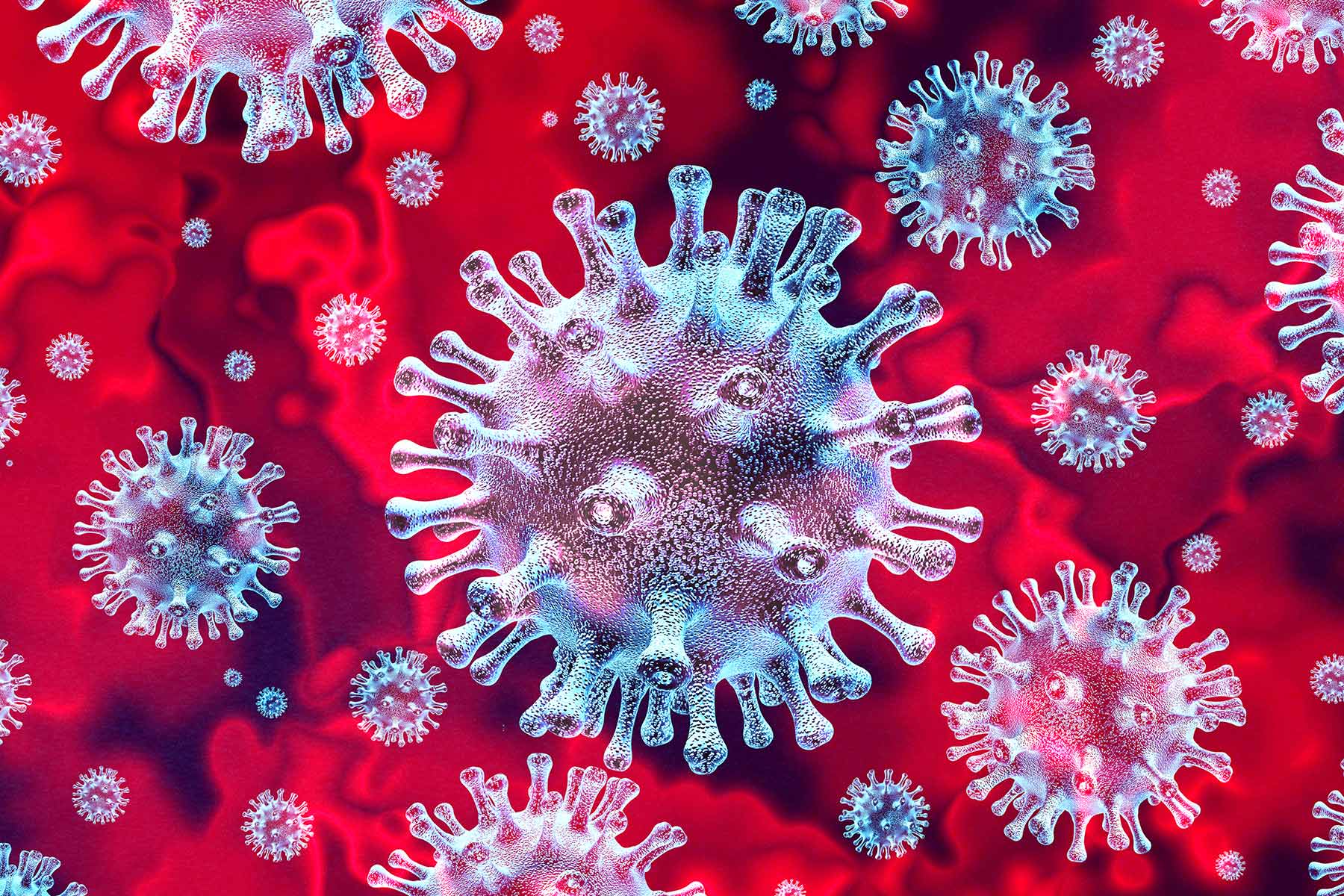We must learn again from the second wave. After all, this may not be the last wave or mutant of Covid-19 and it will certainly not be the last pandemic.
The worst was supposed to have been left behind in 2020. But pandemics have a nasty habit of staying on. For India, the hardship of 2020 has become the misery of 2021. Last year, it was livelihoods that suffered because of a national lockdown. This year, it is lives that are being lost at a distressing rate. There were many learnings from the first wave of 2020 that led to better treatment protocols, vaccines and preventive measures. All of these will help end this second wave. Yet, there were other learnings which lulled India into a false sense of security—the virus grew at a moderate speed, did not seem to make Indians as sick as it had made people elsewhere in the world and the health system seemed adequate to deal with Covid-19.
The tiny virus has confounded us by mutating into a more easily transmissible form. Even though it may not have become any deadlier—case fatality rate in India is still around 1.5%—the fact that many more people are infected means that the absolute mortality number is higher. It has also escalated at frightening speed overwhelming the health infrastructure even in relatively well-endowed places like Delhi and Mumbai. It is important to note that health infrastructure is not only the physical infrastructure of hospitals with adequate beds and ICUs, but also the soft infrastructure of doctors and paramedics who must operate that infrastructure. Neither seems quite enough in this time of national emergency.
We must learn again from the second wave. After all, this may not be the last wave or mutant of Covid-19 and it will certainly not be the last pandemic.
If there is one thing we know, it is that vaccines are the only way to end this pandemic. Of course, none of the vaccines that have been developed in record time have a 100% efficacy, but they are effective enough to drastically bring down the number of people infected, thereby breaking the chain of transmission that the virus thrives on. India missed a trick by not embarking on an ambitious enough vaccination programme in January 2021. Fortunately, course correction has taken place and the journey to universalization will begin in a week with a mix of government and market forces being deployed for delivery. The Government of India must go further by actively investing large sums of money in vaccine production capacity as well as R&D. One way to achieve scale is through a Production-Linked Incentive scheme. For innovation, which will be important as the virus continues to mutate, a corpus of funding should be made available to researchers in universities, labs and pharma companies. All the vaccines which have been developed so far have a big element of government support in R&D.
Beyond vaccines, it is also time to acknowledge that the country’s healthcare infrastructure, both hard and soft, needs to be scaled up to a different level. Of course, the Central and state governments have done a good job to ramp up existing facilities but that will always be incremental in nature. The government spends less than 1.5% of GDP on health; private spending is around 2% of GDP. The government needs to triple its spending in rapid time. And make the sector attractive to all models of private investors. But it isn’t just about increasing spending. A coherent strategy is required. Each one of the 700-plus districts must have a quality hospital, which can be either government-owned or a public private partnership. Each of these hospitals must act as an anchor for other healthcare facilities in their respective districts, which can be either be government-run, privately-run or in a partnership. At the same time, medical education needs to be liberalized so that the number of undergraduate and postgraduate seats increases by multiples. The Medical Council of India has often functioned like a guild protecting the interest of incumbents instead of opening medical education to the masses. India needs many more doctors. It should not take another pandemic to scale up health infrastructure.
The last bit of relearning is about individual behaviour. Covid-19 may not have forced us into the current dire state of high mortality, shortage of beds, inadequacy of oxygen and so on if we had acted with more humility when the first wave ebbed. By dropping adherence to Covid-appropriate behaviour—wearing masks, avoiding crowds, maintaining hand hygiene—we let down our guard and allowed the virus to launch a second, deadlier attack on the population. The fact is that Covid-19 had not gone away even as its incidence had reduced. When this wave ebbs, and it is bound to, every Indian resident must ensure that they continue to practice Covid-appropriate behaviour even after vaccination. The virus cannot be given any more openings.
For now, a combination of localized lockdowns, government action in ensuring adequate healthcare facilities plus critical medicines/oxygen supply and self-discipline by all Indians will help in flattening the sharp upward curve. We know from 2020 that a national lockdown must be avoided so that livelihoods are not destroyed.
Dhiraj Nayyar is Chief Economist, Vedanta.

